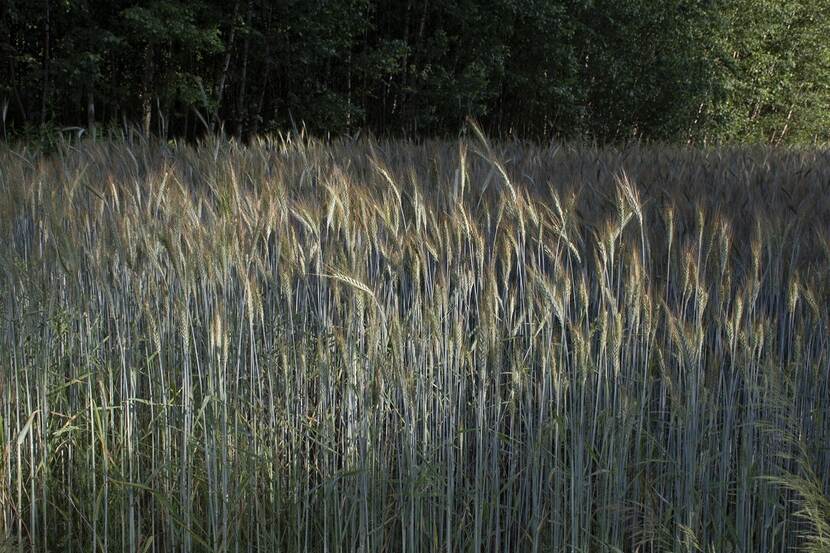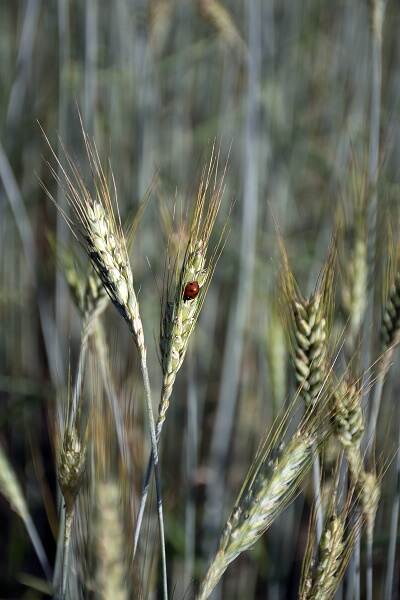Qualified seed material in Poland
The Polish Association of Cereal Plant Producers (PZPRZ) commissioned a survey of farmers' opinions and attitudes towards certified seeds.

According to the survey conducted this spring by the Food Research Institute, ¾ of the surveyed farmers (73.6%) used certified cereal seed, but it is worth emphasizing that only farms of 15 ha or more were surveyed. Taking into account that such farms constitute only 18% of the total, it can be concluded that the remaining farms use certified grain very rarely. For 70% of the surveyed farmers who admitted that they did not use the qualification - such material is too expensive, and 30% indicated that "it is not profitable to use it".
The second group of reasons can be classified as a lack of confidence and a lack of knowledge about the benefits of using such seeds in crops. Every fourth respondent thinks that the certified material is "overrated", every fifth indicates that the qualifier is genetically modified, and every sixth that it does not know the benefits of using such grains. The problem of the lack of willingness to use certified seed is also the complicated funding procedures, but also the lack of trust in the so-called new varieties and the mismatch of the varieties recommended to the climatic and soil conditions in a specific farm.
Seed distribution
The second examined issue was the sources of certified seeds distribution. More than half of the farmers obtain such grain from trading companies or a distributor (55.4%). Every fifth farmer buys the qualification at the local seed center. Only 4.1% of the respondents buy certified grain directly from the producer, the same percentage buys grain from another farmer. Almost 60% of the respondents purchase grains one month before sowing.

The quality of the purchased certified grain was positively assessed by over of the respondents. The most common use was for the cultivation of wheat (41 to 50%), followed by triticale and barley (31 to 40%), rye (21 to 30%) and oats (nearly 20%). When purchasing this type of grain, half of the surveyed farmers are guided primarily by their own experiences, favorable purchase conditions and the experiences of other farmers they know. Every fourth respondent also takes into account: acquaintance with the seller, professional advice, a recognized brand and agricultural magazines. The main benefits of using the qualification, according to the survey, are efficiency, profitability of crops, higher germination capacity.
Occasionally, the respondents also mentioned negative features, such as high prices of such grains and genetic modifications. Moreover, in in-depth interviews, farmers also pointed to the fact that through the development of new varieties, the so far proven and valuable cereal varieties are sometimes "lost".
The results show three important phenomena. First, the economic calculation - especially for smaller and less modern farms - discourages farmers from purchasing a qualification. Therefore - taking into account the results of the study - PZPRZ will recommend financial support for farmers through many channels - not only through de minimis guarantees.
Secondly, a significant proportion of farmers still do not trust the qualification. The level of knowledge about the benefits of such seeds is also relatively low. Therefore, wider promotional activities and training are necessary in this respect, as well as study visits to modern farms in Poland and abroad.
Third, the Recommended Variety List system should be changed. Currently, they cover entire voivodeships. Meanwhile, the soil and weather conditions in such defined areas can be very diverse. Therefore, the farmers' postulate is to thicken the RVL net to the poviat or commune level. Then these varieties will be better selected.
The research discussed in the article was carried out on a random sample of farmers who cultivate cereals on an acreage greater than or equal to 15 ha at the turn of March and April 2020. The sample size was 802 farms.
Source: Farmer.pl